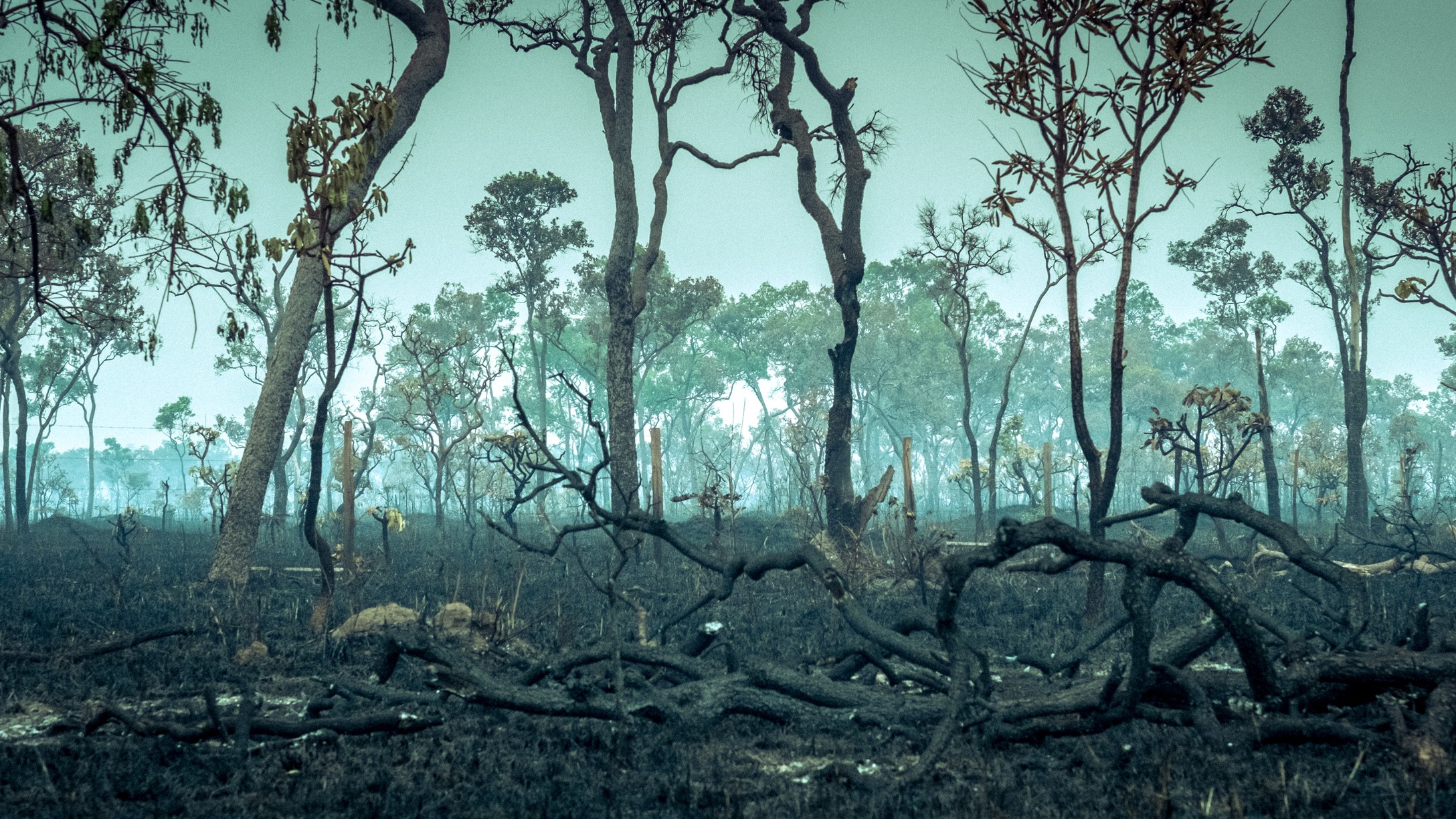16th-Century Shipwrecks Found Amid Rocket Debris Off Florida Coast

It's relatively common to find debris from rocket launches in the waters off Cape Canaveral in Florida, but divers exploring the seabed recently uncovered artifacts from an age of exploration long before America's space program: 22 cannons and a marble monument in what they think are three 16th-century Spanish shipwrecks.
The finds include three ornate bronze cannons — two that are 10 feet (3 meters) long and one that is 7 feet (2 m) long — and the marble monument, engraved with the coat of arms of the king of France, which has been identified from the manifest of a 1562 expedition to Florida by the French navigator and colonialist Jean Ribault.
Robert Pritchett, chief executive of the Florida-based company Global Marine Exploration, which explored the wrecks in May and June, told Live Science that it was initially thought that the newfound wrecks might include Ribault's two "lost ships," which sank during a storm in 1565, a few years after the voyage from France. [See Photos of the Colonial-Age Shipwrecks Found Off Cape Canaveral]
But records showed that the bronze cannons and monument from Ribault's expedition were installed at Fort Caroline, an early French Huguenot colony on the St. Johns River, in what is now Jacksonville, Florida. In 1565, the cannons and monument were seized in a Spanish raid, "so [the monument] would not be on a French ship if it was removed by the Spanish," Pritchett said.
Instead, Pritchett thinks these items were being carried away from Florida as booty on Spanish ships, bound for Havana, Cuba, when they were struck by a storm that banished them to the seafloor.
The remains of the three colonial-age ships were found across a wide "scatter field" of debris on the seafloor about 4 miles (6 kilometers) long and about a half mile (0.8 km) wide, along with the remains of a later shipwreck that is thought to be from the 1800s, Pritchett said.
Divers discovered the shipwrecks during a marine survey of the area in late September 2015 using underwater magnetometer equipment that allowed them to locate metal items lying beneath the seabed.
Get the world’s most fascinating discoveries delivered straight to your inbox.
In addition to the three bronze cannons and the marble monument, the divers found 19 iron cannons, 12 anchors, a stone grinding wheel, and scattered ballast and ammunition from the ships, Pritchett said. The markings on one of the bronze cannons indicate that it was cast in the 1540s, during the reign of King Henry II of France, he added.
Rocket graveyard
Pritchett explained that his company had permits from the state of Florida to explore seven areas off the coast of Cape Canaveral, where the wrecks were found — an area littered with debris from rocket test launches at the U.S. Air Force base at Cape Canaveral, southeast of NASA's Kennedy Space Center.
"We've found hundreds and hundreds and hundreds of U.S. Air Force rockets that they were testing from 1948 forwards, and also shrimp boats, airplane engines, airplanes, " Pritchett said.
"We have found some of the actual rocket engines, and lots of rocket tubes — some of these things are 30, 40 feet long," he said. "Some are sticking halfway out on the surface, or sticking straight up out of the sand — there are literally thousands of them out there. We GPS and photograph everything we find, and we turn that stuff over to the U.S. Air Force, because one day, it will be valuable to someone for a historical reason."
The area containing the colonial-age wrecks is in shallow water, and the conditions on the seabed changed from day to day, he said. [Shipwrecks Gallery: Secrets of the Deep]
"The sea there is shallow, 15 to 25 feet [4.5 to 8 m], and the sand shifts a lot out there, " he said. "So the cannons could be covered by 3 feet [0.9 m] of sand, or they could be covered by 8 feet [2.4 m] of sand — it's different every time the wind blows."
Looter danger
For now, the cannons and the marble monument remain with the other debris of the wrecks on the seafloor, until Florida authorities approve a permit for Pritchett's company to recover the artifacts, Pritchett said.
"We've been letting the state [of Florida] know that these artifacts are at the jeopardy of looters, and of the weather," he said. "These cannons are worth over a million dollars apiece — so if looters could find out the location, then a piece of history is gone forever, because it's going to be sold on the black market."
Pritchett thinks the marble monument may be worth many times that amount, as "the only one of its kind — and probably the most significant piece of maritime history that's ever been found on the entire East Coast of the United States," he added.
The monument, which is in the shape of a coat of arms set atop a pillar, is about 3 feet high and 2 feet (0.6 m) wide, "exactly the way it is described in the original records," Pritchett said, and decorated with fleur-de-lis symbols — a stylized flower used in heraldry by French royalty — and the crown of the king of France.
Pritchett said more information about the origin of the wrecks will have to wait until archaeologists on the surface can study them.
"It's a mystery at this point, and until we bring all these items up and study them, we're not going to know a lot more about them — only what we know from the little bit of research in the water that we've been able to do," Pritchett said. "But right now, we're waiting on the state of Florida."
Original article on Live Science.
Tom Metcalfe is a freelance journalist and regular Live Science contributor who is based in London in the United Kingdom. Tom writes mainly about science, space, archaeology, the Earth and the oceans. He has also written for the BBC, NBC News, National Geographic, Scientific American, Air & Space, and many others.



